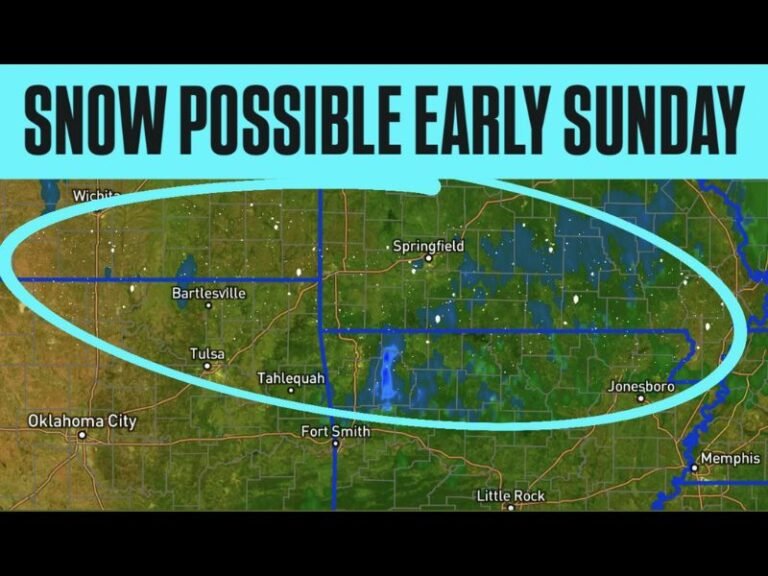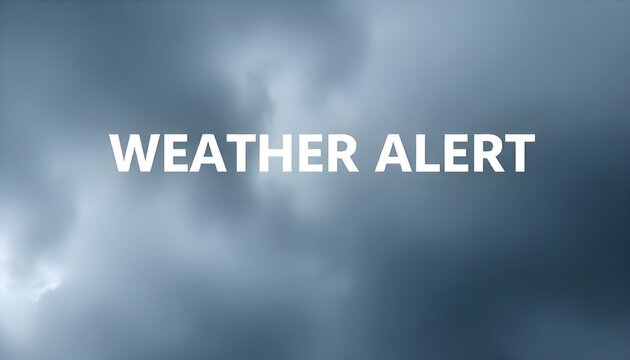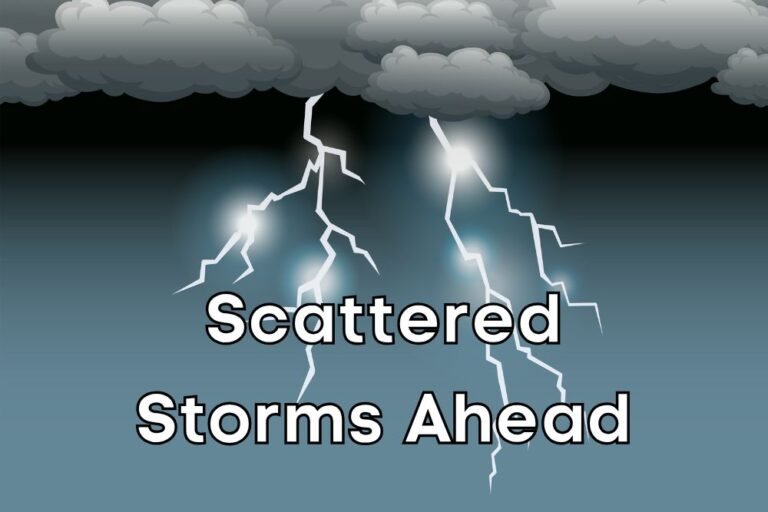Arctic Blast to Hit Texas, Midwest, and Great Plains Around Thanksgiving as Sudden Stratospheric Warming Event Unfolds
TEXAS — A major cold blast is taking shape across the United States heading into Thanksgiving week, with forecasters warning that Arctic air could surge southward, impacting states from Texas to Illinois and Oklahoma through the Midwest and Great Plains.
Meteorologists say a significant pattern shift is developing, fueled by a blocking high-pressure ridge over Alaska that will redirect frigid polar air deep into the central and southern U.S. The upcoming system may mark one of the coldest early-season events of the year, arriving just in time for holiday travel and outdoor celebrations.
Major Pattern Shift to Bring Early Winter Conditions
According to meteorological models, the Alaskan ridge will trigger a cross-polar flow, pulling Arctic air southward across Canada and into the U.S. central plains. This setup often leads to a rapid and intense temperature drop across large portions of the country.
The most recent data also confirms the occurrence of a Sudden Stratospheric Warming (SSW) event — a rare atmospheric disruption that weakens the polar vortex, allowing cold air masses to spill south into lower latitudes.
Forecasters note that these SSW events tend to unfold in three distinct waves:
- Wave 1: Arrives around Thanksgiving week, bringing widespread temperature drops.
- Wave 2: Expected in the first week of December, reinforcing the cold pattern.
- Wave 3: Often the strongest phase, projected for mid-December, with extended cold and stormy weather possible through Christmas.
Areas Most Affected
Current forecast models highlight Texas, Oklahoma, Kansas, Missouri, and the Midwest as the most likely regions to experience the first wave of cold air. Temperatures could plunge 20 to 30 degrees below normal for several days, accompanied by gusty winds and possible frost in areas not accustomed to early-season freezes.
Northern states such as Nebraska, Iowa, and Illinois are expected to see the brunt of the Arctic push, while the chill could reach as far south as San Antonio, Dallas, and parts of northern Louisiana.
Residents in the Rocky Mountains and Great Plains may also face early-season snow showers as the front deepens and interacts with regional moisture.
Meteorologists Warn of Possible Holiday Travel Disruptions
While no widespread snowstorm has yet been confirmed, meteorologists caution that the rapid temperature drop and active jet stream could create slippery road conditions, especially in the Midwest and Great Lakes regions.
Airline passengers traveling between November 25–30 should prepare for potential delays as Arctic air collides with warmer systems.
“This pattern is the kind of setup that can produce winter-like conditions much earlier than usual,” one meteorologist explained. “It’s a textbook example of how blocking highs over Alaska open the floodgates for polar air to dive into the central U.S.”
Forecasters Say Winter May Arrive Early
With three distinct cold phases expected through mid-December, experts believe the nation may be heading into a longer, harsher winter season. The cold spells could intensify over time, setting the stage for ice, snow, and below-average temperatures lasting into the holidays.
“This is shaping up to be one of the more impactful early winter patterns we’ve seen in recent years,” meteorologists warned, advising residents to prepare for extended heating needs and travel disruptions through December.
Residents across Texas, Oklahoma, the Midwest, and central U.S. should brace for a sharp shift to winter conditions beginning around Thanksgiving. Even southern states could experience unusually cold mornings and strong Arctic winds.
Forecasters advise households to winterize homes and vehicles, check heating systems, and monitor local forecasts closely in the days leading up to the holiday.
Stay tuned to SaludaStandard-Sentinel.com for ongoing weather alerts, cold front updates, and regional forecast changes as the Thanksgiving week Arctic blast approaches.







